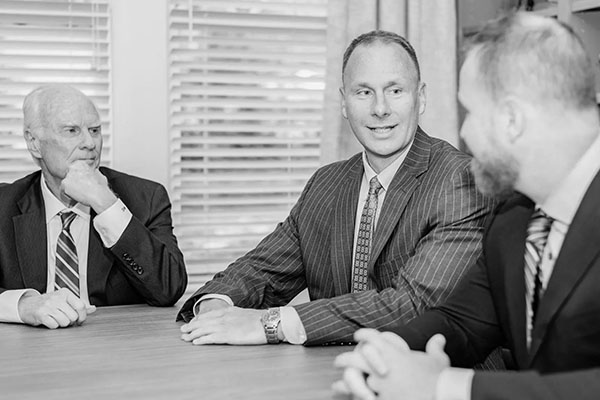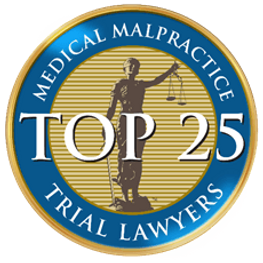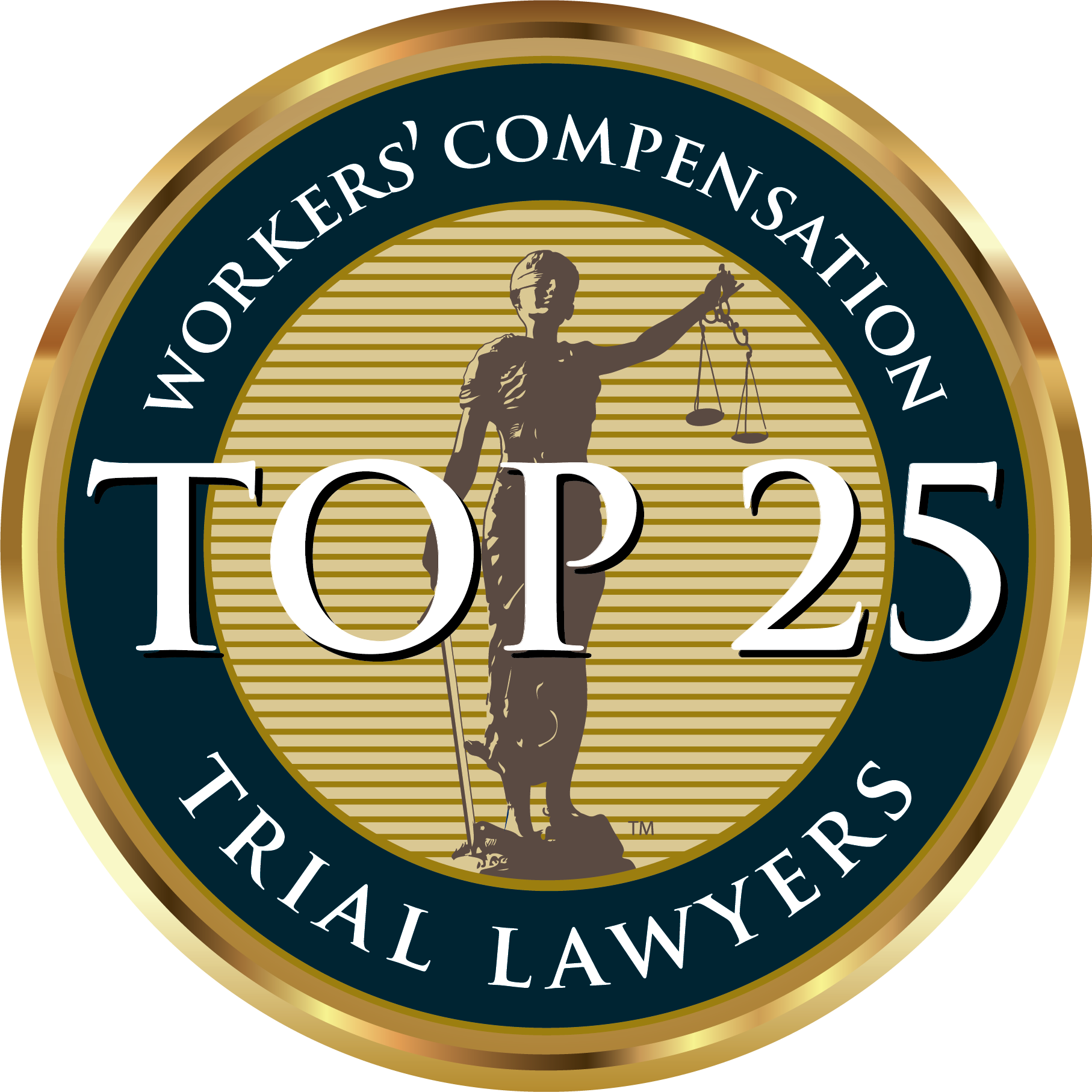Pedestrian accidents are unfortunate events that can cause significant physical, emotional, and financial distress. When a pedestrian is struck by a vehicle, the resulting injuries can be severe, often requiring extensive medical treatment and a long recovery period. In South Carolina, the process of recovering compensation for a pedestrian accident involves understanding the legal framework, gathering evidence, and navigating the claims process. This comprehensive guide aims to provide detailed information on how to file a pedestrian accident claim in South Carolina, ensuring that victims can pursue the compensation they deserve.
The Legal Framework for Pedestrian Accident Claims in South Carolina
South Carolina operates under a fault-based system for car accidents, which means that the party responsible for the accident is liable for the damages. For pedestrian accident claims, this involves proving that the driver was at fault due to negligence. Negligence can include actions such as speeding, distracted driving, failing to yield the right of way, or driving under the influence of alcohol or drugs. Establishing negligence is a critical component of a pedestrian accident claim and requires thorough documentation and evidence.
In South Carolina, the statute of limitations for filing a personal injury claim, including pedestrian accidents, is three years from the date of the accident. This means that victims have a limited time frame to file their claim and seek compensation. It is crucial to act promptly to ensure that the legal process can proceed without unnecessary delays.
Gathering Evidence and Documenting the Accident
The success of a pedestrian accident claim heavily relies on the quality and quantity of evidence collected. Immediately following the accident, it is essential to gather as much information as possible. This includes obtaining the contact and insurance details of the driver involved, as well as the contact information of any witnesses. Photographs of the accident scene, the vehicle involved, and any visible injuries can serve as valuable evidence.
Medical documentation is also a vital component of a pedestrian accident claim. Seeking immediate medical attention not only ensures that injuries are properly treated but also provides official records that can substantiate the extent and impact of the injuries sustained. Keeping detailed records of all medical treatments, prescriptions, and follow-up appointments will support the claim for compensation.
Additionally, obtaining a copy of the police report can be beneficial. The police report will contain an official account of the accident, including any citations issued to the driver, witness statements, and the officer’s observations. This report can provide critical support in establishing the driver’s negligence.
Founded in 1975, Christian & Christian has deep roots in the community. 
Only Serving People, Never Companies
Filing the Claim and Working with Insurance Companies
Once the necessary evidence has been gathered, the next step is to file a claim with the at-fault driver’s insurance company. This involves notifying the insurer of the accident and providing all relevant documentation to support the claim. It is important to be thorough and accurate when submitting this information, as any discrepancies can potentially delay the processing of the claim.
Insurance companies will often conduct their own investigations into the accident, and they may attempt to minimize the compensation paid out. It is common for insurance adjusters to contact the victim for a statement or to discuss settlement offers. While it may be tempting to accept an early settlement, it is advisable to consult with a knowledgeable attorney before making any decisions. An attorney can help evaluate the fairness of the settlement offer and negotiate for a more favorable outcome if necessary.
Calculating Compensation for a Pedestrian Accident
Determining the appropriate amount of compensation for a pedestrian accident involves assessing various factors, including medical expenses, lost wages, pain and suffering, and any long-term impacts on the victim’s quality of life. Medical expenses encompass not only the immediate costs of treatment but also any future medical needs related to the accident. This can include surgeries, physical therapy, and ongoing care for chronic conditions resulting from the injuries.
Lost wages refer to the income the victim is unable to earn due to the inability to work during recovery. If the injuries result in permanent disability or diminished earning capacity, this can also be factored into the compensation.
Pain and suffering address the non-economic damages associated with the accident, such as physical pain, emotional distress, and the overall impact on the victim’s daily life. These damages are more subjective and can be challenging to quantify, but they play a significant role in the overall compensation.
In cases where the driver’s actions were particularly reckless or egregious, punitive damages may also be awarded. Punitive damages are intended to punish the wrongdoer and deter similar behavior in the future.
Navigating the Legal Process with Professional Assistance
The legal process for filing a pedestrian accident claim can be complex and daunting, especially for individuals who are recovering from serious injuries. Engaging the services of an experienced attorney can provide significant advantages in navigating this process. An attorney can offer guidance on the best course of action, handle communications with insurance companies, and ensure that all legal deadlines are met.
Moreover, an attorney can help build a strong case by gathering additional evidence, consulting with medical and accident reconstruction specialists, and representing the victim’s interests in court if necessary. The support and experience of an attorney can alleviate the burden on the victim, allowing them to focus on their recovery while pursuing the compensation they deserve.
Common Challenges in Pedestrian Accident Claims
Pedestrian accident claims can present various challenges that may complicate the process of obtaining fair compensation. One common challenge is determining liability, especially in situations where there may be shared fault. South Carolina follows the doctrine of comparative negligence, which means that if the pedestrian is found to be partially at fault for the accident, their compensation may be reduced by their percentage of fault. For example, if a pedestrian is found to be 20% at fault for the accident, their compensation will be reduced by 20%.
Another challenge is dealing with insurance companies that may attempt to downplay the severity of the injuries or dispute the extent of the damages claimed. Insurance adjusters are trained to protect the interests of the insurance company, and they may employ various tactics to minimize the payout. Having a skilled attorney on your side can counteract these tactics and advocate for a fair settlement.
Verdicts & Settlements
The Importance of Timely Action
Taking timely action is crucial when pursuing a pedestrian accident claim in South Carolina. The statute of limitations imposes a strict deadline for filing a claim, and any delay can jeopardize the chances of obtaining compensation. Additionally, prompt action ensures that evidence is preserved, and witnesses’ recollections remain fresh.
In the immediate aftermath of an accident, it is essential to seek medical attention, report the accident to the police, and gather as much evidence as possible. Consulting with an attorney early in the process can provide valuable guidance and ensure that all necessary steps are taken to build a strong case.
Seeking Compensation for Wrongful Death in Pedestrian Accidents
In tragic cases where a pedestrian accident results in the victim’s death, the surviving family members may be entitled to file a wrongful death claim. This type of claim seeks compensation for the financial and emotional losses suffered by the family due to the victim’s untimely death. Wrongful death claims can include damages for funeral and burial expenses, loss of companionship, loss of future income, and the emotional pain and suffering of the family.
The process for filing a wrongful death claim follows similar steps to personal injury claims, with the added complexity of proving the family’s losses and the impact of the victim’s death. Legal representation is often crucial in these cases to navigate the legal requirements and advocate for the family’s rights.
Recovering compensation after a pedestrian accident in South Carolina involves a thorough understanding of the legal framework, diligent evidence gathering, and effective negotiation with insurance companies. The complexities of the claims process can be overwhelming, but with the right approach and professional assistance, victims can pursue the compensation they need to recover and move forward.
At Christian & Christian Law, we are dedicated to providing compassionate and effective legal representation for pedestrian accident victims. Our experienced attorneys understand the challenges you face and are committed to fighting for your rights. If you or a loved one has been injured in a pedestrian accident, contact us today to schedule a consultation. Let us help you navigate the legal process and pursue the compensation you deserve, so you can focus on your recovery and rebuilding your life.











